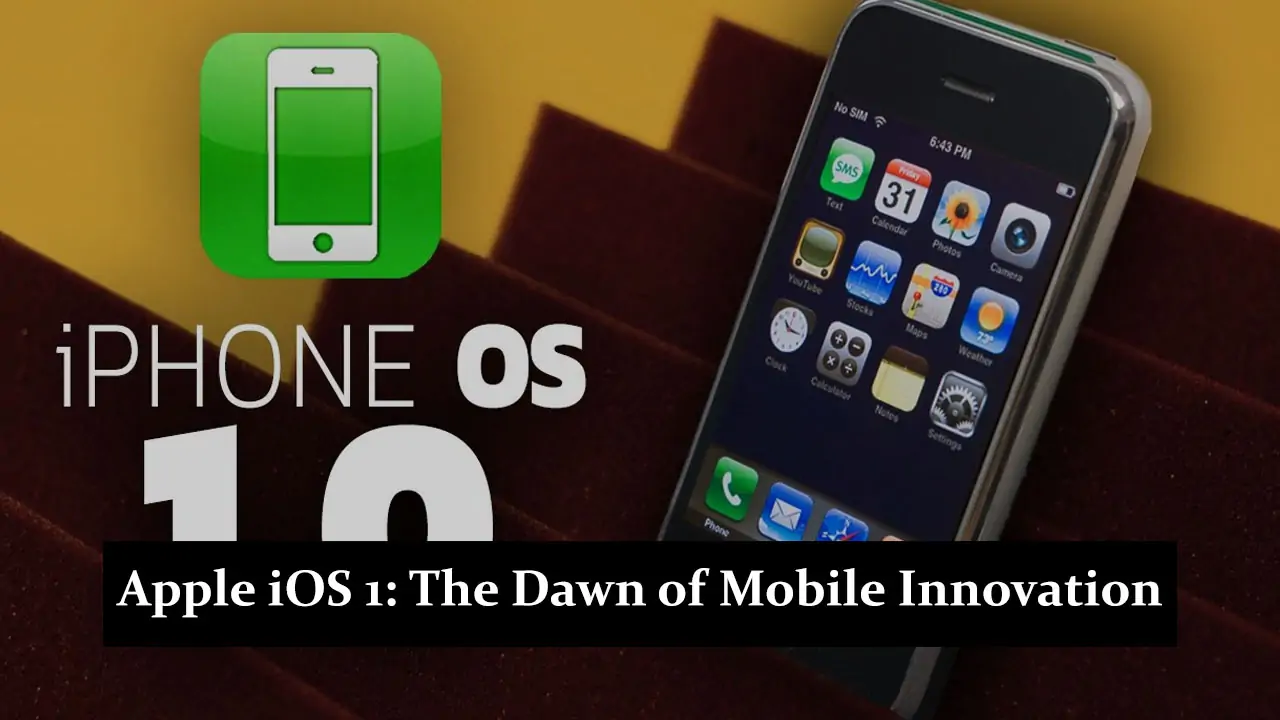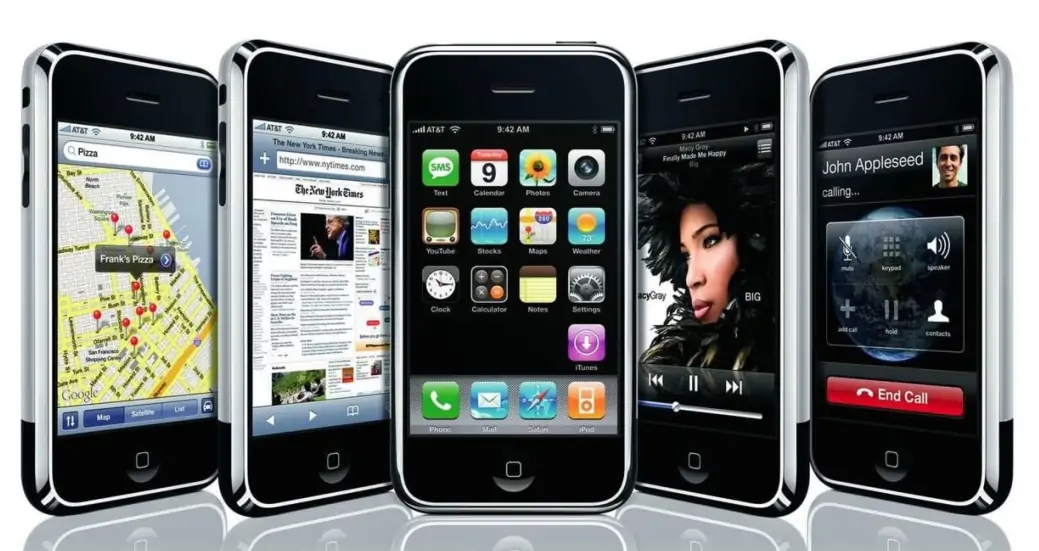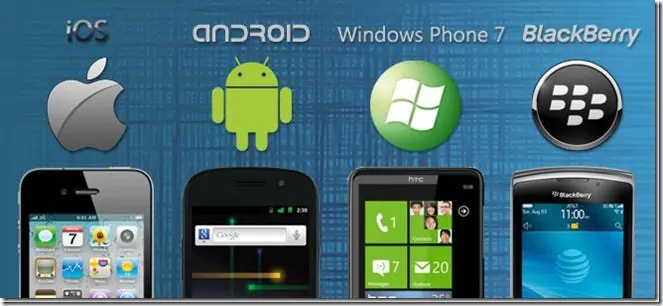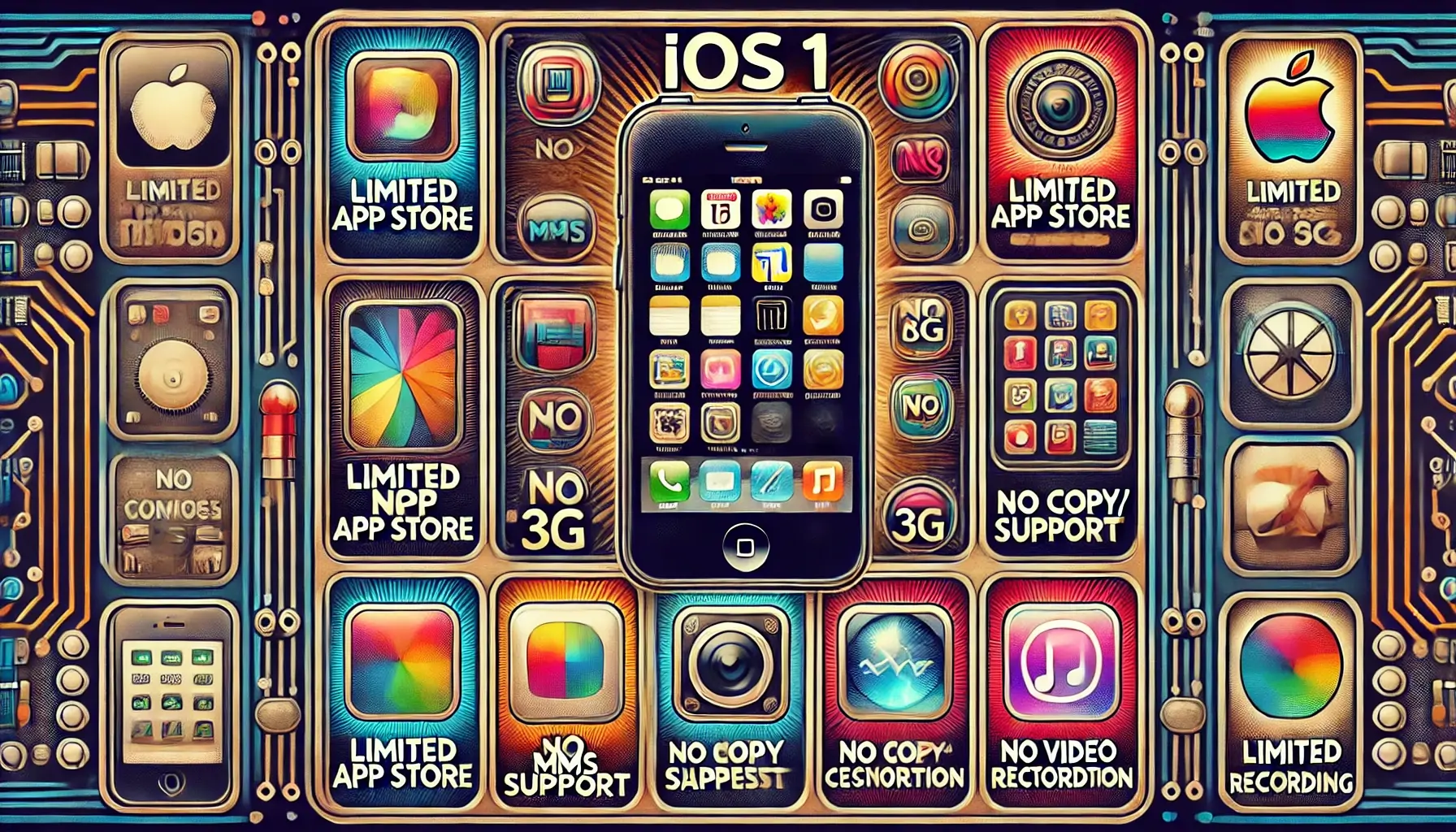iOS has been a game-changer since its inception. iOS 1, released on June 29, 2007, marked a significant milestone in the evolution of mobile technology. Before its launch, the mobile operating system landscape was fragmented and lacked the sophistication that iOS brought. Steve Jobs and Apple Inc.’s vision brought about a seamless, intuitive user experience, setting a new standard for the industry. The introduction of iOS 1 revolutionized mobile operating systems, laying the foundation for the advanced features and functionalities we enjoy today.
Key Features of iOS 1
User Interface (UI) Design
iOS 1 introduced a revolutionary multi-touch interface that changed how users interacted with their devices. The home screen layout was designed with simplicity and ease of use, featuring intuitive app icons that became a hallmark of the iOS experience.
Core Applications
iOS 1 came with a suite of core applications that showcased its versatility and functionality:
- Phone: Offering advanced call management features.
- Mail: Providing a seamless email experience.
- Safari: Introducing a mobile web browser that brought desktop-like browsing to handheld devices.
- iPod: Integrating music playback into the device.
- Text (SMS): Enabling easy and efficient messaging.
- Calendar, Photos, and Camera: Users can manage their schedules and capture and view images.
- Weather and Notes: Offering quick access to weather updates and note-taking.
Performance and Hardware Integration
iOS 1 was tightly integrated with the first iPhone, ensuring optimal performance and user experience. The touchscreen responsiveness was a standout feature, making interactions smooth and intuitive. Battery life management was also a key focus, allowing users to enjoy their devices for extended periods without frequent recharging.
User Experience
First Impressions and User Reception
The release of iOS 1 left a lasting impression on users and tech fans alike. The innovative user interface and the seamless integration with the iPhone garnered widespread acclaim. Users appreciated the intuitive multi-touch gestures and the sleek, modern design that set iOS apart from other mobile operating systems.
Initial Limitations and Missing Features
Despite its groundbreaking nature, iOS 1 had several limitations. Notably, it lacked an App Store, preventing users from downloading third-party applications. The absence of MMS (Multimedia Messaging Service) and limited customization options were drawbacks. These missing features highlighted areas for improvement as users began to explore the potential of their new devices.
Usability Compared to Other Mobile OS at the Time
Unlike other mobile operating systems available in 2007, iOS 1 stood out for its user-friendly interface and advanced touch capabilities. While competitors like Symbian, Windows Mobile, and BlackBerry OS were more established, they needed a more intuitive design and fluid user experience than iOS 1. Despite its initial limitations, iOS 1’s usability was superior, paving the way for future enhancements and solidifying Apple’s position as a leader in mobile technology.
Impact on the Industry
Shift in Mobile Industry Standards
The launch of iOS 1 marked a significant shift in mobile industry standards. It set new benchmarks for user interface design, responsiveness, and overall user experience. The introduction of the multi-touch interface and the focus on a sleek, intuitive design forced other companies to re-evaluate their approach to mobile OS development.
Influence on Other Mobile Operating Systems and Device Manufacturers
iOS 1’s innovative features and design profoundly influenced other mobile operating systems and manufacturers. Companies like Google, Microsoft, and BlackBerry began incorporating similar touch-based interfaces and user-friendly features into their products. This wave of change led to a more competitive market, driving rapid advancements in mobile technology and design.
The Beginning of the App Store Ecosystem
Although the App Store was not launched with iOS 1, its eventual introduction with iOS 2 directly resulted from the foundational work laid by iOS 1. This ecosystem revolutionized how software was distributed and monetized, creating a thriving marketplace for developers and a vast array of applications for users. The success of the App Store set the stage for the modern app economy, influencing countless aspects of digital interaction and commerce.
Challenges Faced by iOS 1
Technical Challenges
Developing iOS 1 involved several technical hurdles. Creating a stable and responsive multi-touch interface was a significant challenge, requiring meticulous engineering and innovation. Integrating hardware and software seamlessly to ensure smooth performance and reliability was another critical aspect that required careful attention.
Market Challenges
Entering a market dominated by established mobile operating systems like Symbian and Windows Mobile presented substantial market challenges. Apple had to position iOS as a superior alternative to these well-entrenched competitors. Another critical hurdle was convincing developers to create apps for a new and unproven platform. Apple needed to demonstrate the potential and benefits of their ecosystem to attract and retain developer interest.
User Adoption
Educating users about the new touch-based interface was essential for successfully adopting iOS 1. Many users were accustomed to physical keyboards and traditional navigation methods, making the shift to a touch-based interface a significant change. Overcoming doubt and resistance to change needed smart marketing, well-thought-out design, and lots of help to ensure people used the new technology and got the most out of it.
Legacy and Evolution
How iOS 1 Laid the Groundwork for Future iOS Versions
iOS 1 was a foundational release that set the stage for the continuous evolution of Apple’s mobile operating system. Its innovative features, such as the multi-touch interface and intuitive user experience, established core principles that future iOS versions would build upon. The success and user reception of iOS 1 validated Apple’s vision and paved the way for ongoing enhancements and innovations.
Major Advancements in Subsequent iOS Versions
Subsequent iOS versions introduced significant advancements, each building on the legacy of iOS 1. iOS 2 brought the App Store, revolutionizing how users accessed software and how developers distributed their apps. iOS 3 introduced features like copy and paste, MMS, and landscape keyboard, further enhancing usability. Later versions continued to add functionality, including multitasking, improved notifications, Siri, and comprehensive security features, making iOS a versatile and robust operating system.
The Continuous Evolution of iOS Over the Years
Over the years, iOS has undergone continuous evolution, adapting to new technologies and user expectations. Each update has brought enhancements in performance, design, and capabilities. From integrating advanced hardware like Face ID and augmented reality support to refining the user interface with features like dark mode and widgets, iOS has consistently evolved to remain at the forefront of mobile innovation. This relentless pursuit of improvement and user satisfaction has solidified iOS as a leader in the mobile OS landscape, maintaining its relevance and popularity in an ever-changing digital world.
Conclusion
iOS 1’s contributions and significance cannot be overstated, as it revolutionized the mobile operating system landscape with its innovative design and functionality. Since its inception, iOS has come a long way, evolving continuously to incorporate advanced features and technology. The legacy of iOS 1 is evident in the seamless, intuitive experiences we now expect from our mobile devices, shaping the future of mobile technology and setting enduring standards for the industry.










